Abnormal carbon monoxide, abnormal minerals, and ancient impacts caused the outer planet to lose the atmosphere
Author:Astronomy online Time:2022.06.22
A clues left by a planetary collision
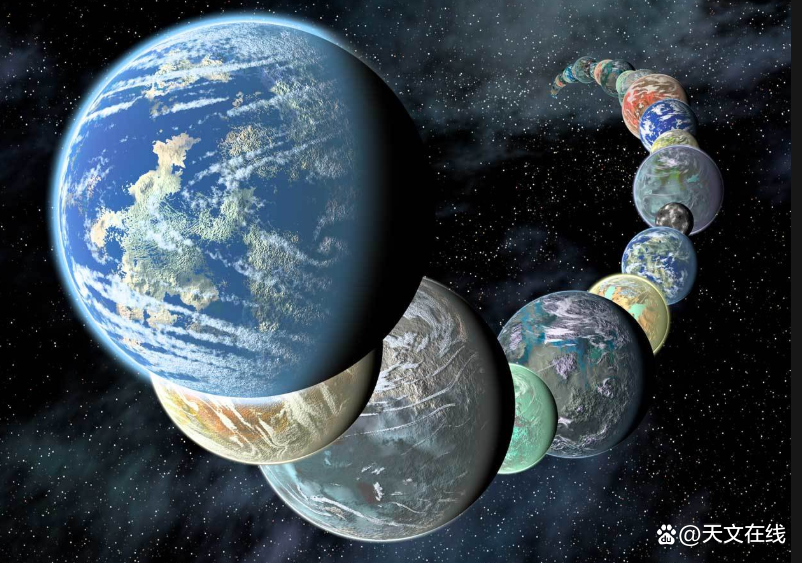
The collision picture of the HD172555 galaxy created by the artist in ancient times. 200,000 years ago, an asteroid hit a planet size of the earth. This planet lost its own atmosphere in the impact, which also gave a new meaning to the storm. The picture is provided by Marka. Garik/MIT.
The early solar system was a place full of violence and chaos -large and small rock collided with each other. It is precisely because these collisions were born today's planets and their satellites. On October 20, 2021, astronomers announced that they had discovered evidence of how a young foreign planet lost the atmosphere in a big collision.

On October 20, 2021, the Massachusetts Institute of Technology, the Gorwe National University, the University of Cambridge, and other institutions of MIT issued the above discovery, and the "Nature" magazine conducted a peer review.
How does the outer planet lose the atmosphere?
Obviously the planet itself cannot provide any evidence. But the star dust and gas bands around the star HD17255 include important information. These circular or disks that surround stars are called ring stars. This star is 95 light years away from the earth, with an age of 23 million years, and is still in the infant period of the star.
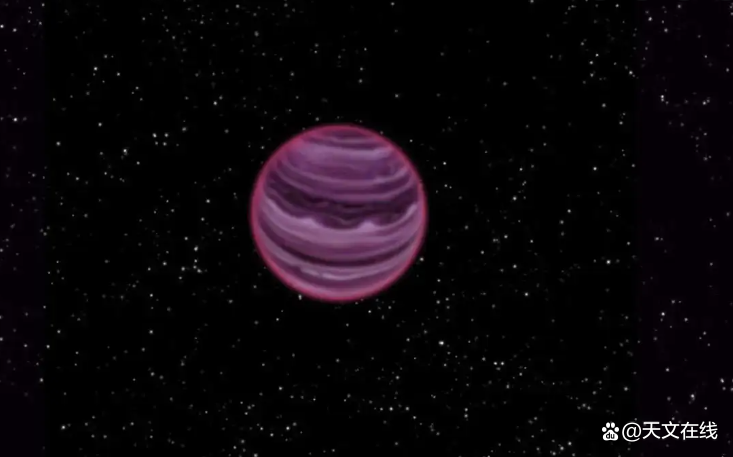
These stars and gases reveal a large -scale collision clues, and scientists estimate that the large -scale collision occurred 200,000 years ago. According to the analysis of scientists, there was a growing earth -sized planet "embryo" in this big collision.
Researchers estimate that the impact speed exceeds 22,000 miles per hour (about 10 km/s), and the atmosphere of the original planet in the collision has been stripped off.
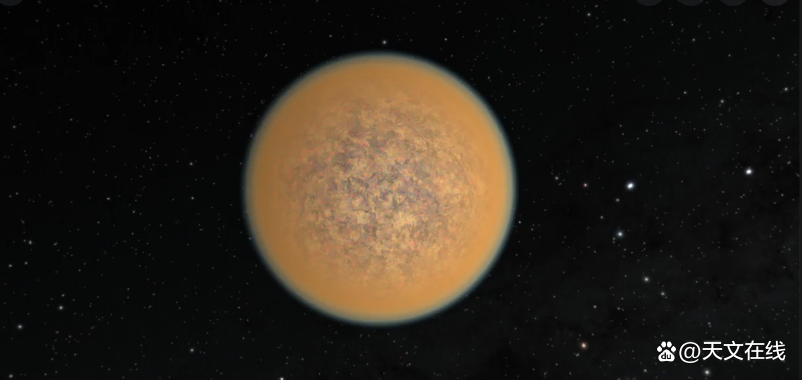
The collision rocks and huge planets cast a shadow on the dust around the star. The fragments around the star or the art illustrations of the ring star disk. Planets and satellites were born or destroyed in the repeated impact of these disks. This is similar to what happened in the HD172555 galaxy. The picture is about the Jet Promotion Laboratory of the American Space Agency Jet Lab/California Institute of Technology.
One of the main authors, come to Taranerki Schnemman from the Ministry of Planet Science, Massachusetts Institute of Technology Earth Planet Science, said: "This is the first time we discovered this phenomenon -the atmosphere of the impact of the original planet. Everyone is everyone. It is expected that we can observe big collisions because we think this is a very common phenomenon, but we have not found evidence in a large number of galaxies we have observed. Now we have a new perspective on this process.
Unusual minerals and carbon monoxide
Researchers discovered some abnormalities while studying the dust around the stars and gases, such as: dust particles contain a large amount of unusual minerals. And these dust particles are much smaller than the particles in the typical ring of young stars. "It is these two factors that cause HD172555 to look a little strange."
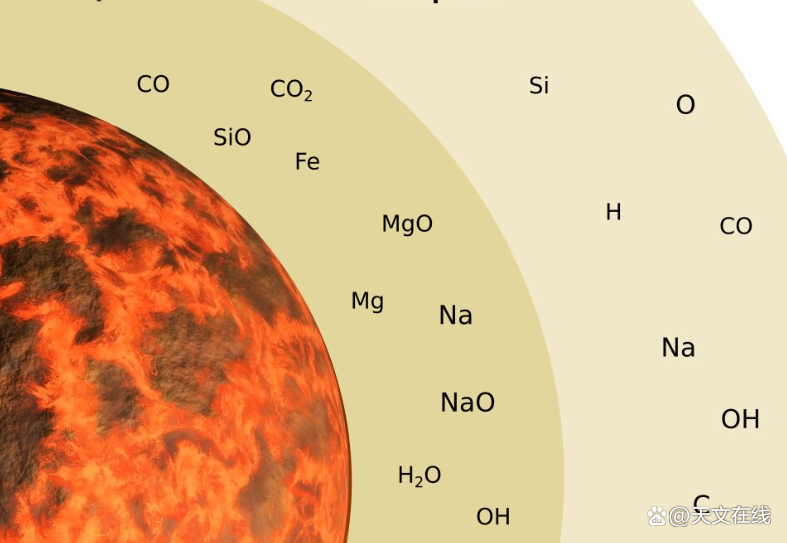
But this is not all. Researchers use the ALMA in Chile's Atacama large millimeter -wave array (Alma) to analyze the gas around the star. As expected, the researchers discovered carbon monoxide, and some of them were surprising. This gas is too close to the stars, and only 10 astronomical units are 10 times the distance from the earth to the sun. In general, the carbon monoxide content here is about 20%of Venus (far higher than normal).

Taranaki Schnemman from Massachusetts Institute of Technology led the new research on the discovery of HD172555 big collision evidence. MIT/Earth Atmospheric Galaxy Department Photo Conferry
Carbon dioxide separation
So why is carbon monoxide so close to the star? And why is it so close to such a distance?
As Schinaman said: "There is such a high -content carbon monoxide that is so close to the stars that need to be explained. Before that, you need to understand the concept of light solution, that is, the ability to destroy chemical bonds in the photon. The carbon monoxide chemical bonds cause carbon dioxide. (Supplementary: carbon monoxide absorbing vacuum ultraviolet radiation in the universe space will be solved to generate carbon atoms and oxygen atoms; fragmented atoms will further react with hydrogen molecules in the universe to generate hydrogen hydrocarbon and water ) Therefore, it is unusual to find so much carbon monoxide at the distance from HD172555 as close to HD172555. Generally speaking, even if you find carbon monoxide at this distance, the content should be low. "
Possible speculation
Researchers made a variety of speculation for the mysterious dust and carbon monoxide.
Swipe 1: These gas to cure the fragments of a new star.
Swipe 2: Gas comes from the frozen asteroid of the stars outside the department.
Swipe 3: The ice comets similar to the small asteroid with Koyber left when they were close to the star.
However, after data analysis, the above three speculations are inconsistent with observation data.
So where do these carbon monoxide come from? When researchers consider the possibility of a big collision, this speculation perfectly fit the existing data.

Schinaman explained that in these speculations, only large collisions can perfectly meet various observation data. In this age -based star system, we think there will be a big collision, and these big collisions are common. To meet the observed dust and the shape and ingredients of the gas, and the factors of the age and time scale of galaxies, only such a large number of planet collisions can occur such a large amount of carbon monoxide.
In terms of astronomy, 200,000 years are just a wave of fingers, and the stars have not completely dissolved the carbon monoxide generated by the collision. The gas we see now was left by the big collision at the time. HD172555 stars, photos taken in the Digital Sky Tour (DSS2). Dominick Ford/ In-the-sky.org
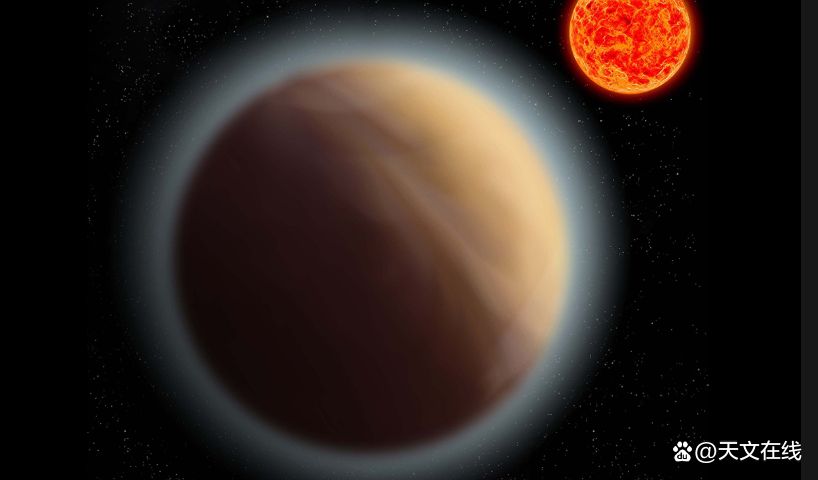
Study on other collisions
At present, scientists are very sure that the dust around HD172555 is related to carbon monoxide and carbon monoxide, which is related to a large planet collision, which will also provide a new idea for identifying other collisions.
Schnemman introduced that in the future, the results of this research can also be used in other galaxies. If the carbon monoxide consistent with the form and the big collision in a specific location, then this may be a relic of a planetary collision. This provides a new way to find the fragments after the collision and analysis collision.
Hillk Schlitin, the University of California, Los Angeles, added:

What is most exciting for this work is that research reveals that the planet's atmosphere may be stripped in collision. This provides a new way for the layman's layman's atmospheric component after the big collision, which will eventually help us understand the atmosphere of other planets in the big collision stage.
Summary: About 200,000 years ago, a young earth -sized outer planet lost the atmosphere in a huge impact, leaving clues in the remaining dust and carbon dioxide gas.
By: Paul Scott Anderson
Fy: David is afraid to fly
If there is related content infringement, please contact the author to delete after the work is released
Reprinted, please obtain authorization, and pay attention to maintaining integrity and indicating the source
- END -
Communication PLUS Morning Post | In May
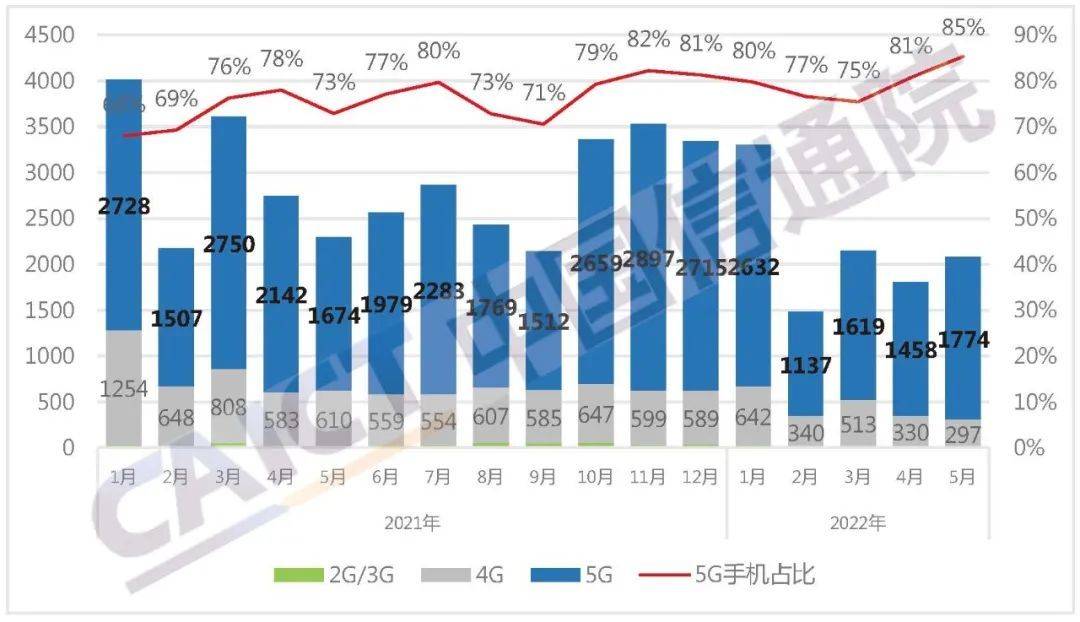
Xintong Institute: In May, domestic mobile phone shipments were 20.805 million uni...
Commercial quick review | The value of the supply chain behind the "Fireworks on the Earth" 6.18

Cover news reporter Meng MeiAt 9:20 am on June 19th, Ms. Huang, who lives in Wuche...